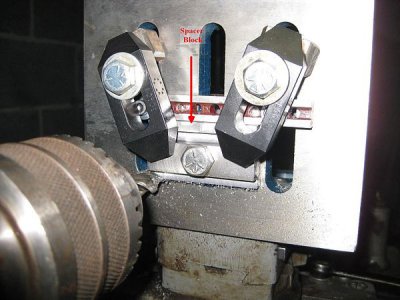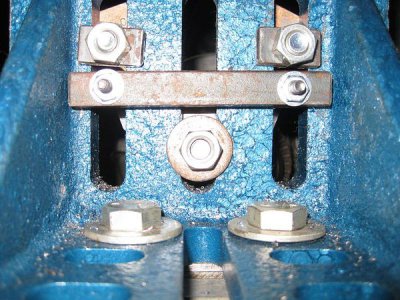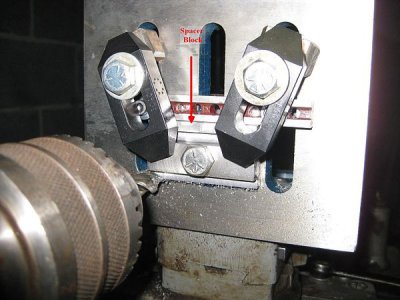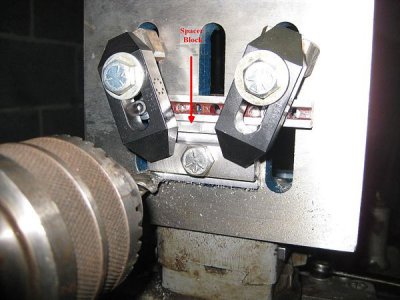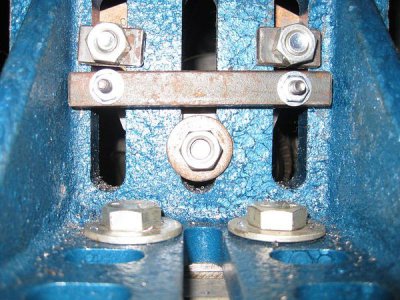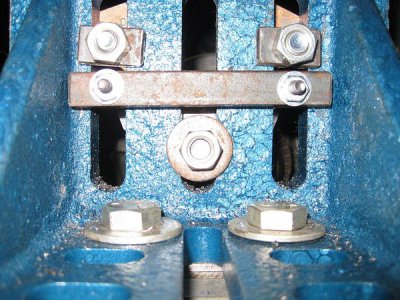I received the first part of my order with Enco yesterday, which is pretty astonishing, really, since I had just placed the order at about 10:30PM Wednesday night. Anyway, in this first shipment I received the Phase II QCTP I ordered.
I opened the box to check it out. The question that first came to my mind was about the "T-nut" that comes with it and needs machining in order to fit the slot on my tool post. It's just a flat hunk of steel. That's not my concern as that is what I expected. My concern has to do with the size of it. I measured it with a ruler and it isn't even 1/2" thick. It's close to 1/2", but it seems like it may be just a little less, maybe a metric size.
Anyway, is that all it's supposed to be (in regard to thickness)? When I measured my tool post, from the bottom flat to the top, I measured a depth of 5/8" (.625). Since this hunk of metal is only 1/2", by the time I machine the "T" engagement for the slot, that would only end up allowing about 3/16" of engagement in the upper slot portion. Is that enough? Honestly, I sort of assumed that the block of steel to machine the t-nut would have been thicker than the 5/8" total depth of the tool post slot. Is this the block size that they always have included with their QCTPs? Or, did it used to be larger and they have cut costs now? Just curious.
I opened the box to check it out. The question that first came to my mind was about the "T-nut" that comes with it and needs machining in order to fit the slot on my tool post. It's just a flat hunk of steel. That's not my concern as that is what I expected. My concern has to do with the size of it. I measured it with a ruler and it isn't even 1/2" thick. It's close to 1/2", but it seems like it may be just a little less, maybe a metric size.
Anyway, is that all it's supposed to be (in regard to thickness)? When I measured my tool post, from the bottom flat to the top, I measured a depth of 5/8" (.625). Since this hunk of metal is only 1/2", by the time I machine the "T" engagement for the slot, that would only end up allowing about 3/16" of engagement in the upper slot portion. Is that enough? Honestly, I sort of assumed that the block of steel to machine the t-nut would have been thicker than the 5/8" total depth of the tool post slot. Is this the block size that they always have included with their QCTPs? Or, did it used to be larger and they have cut costs now? Just curious.


